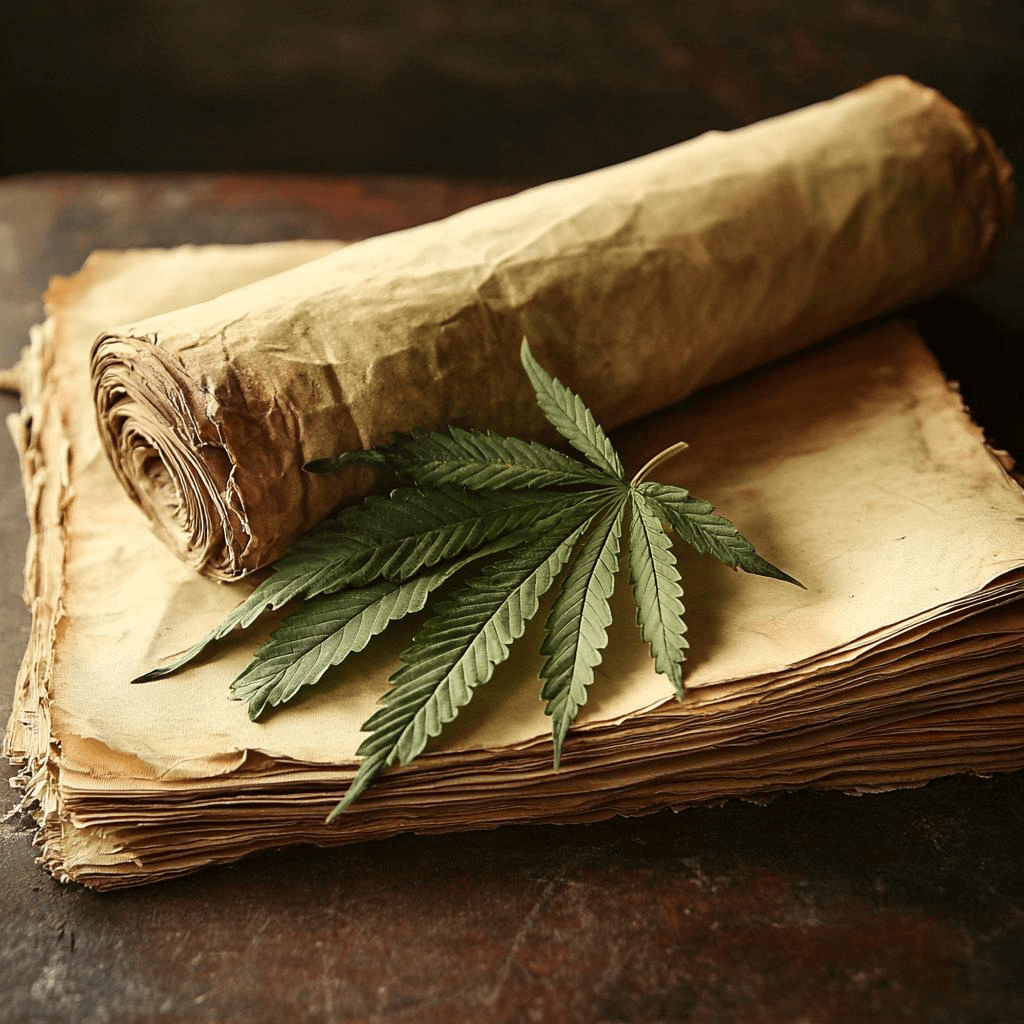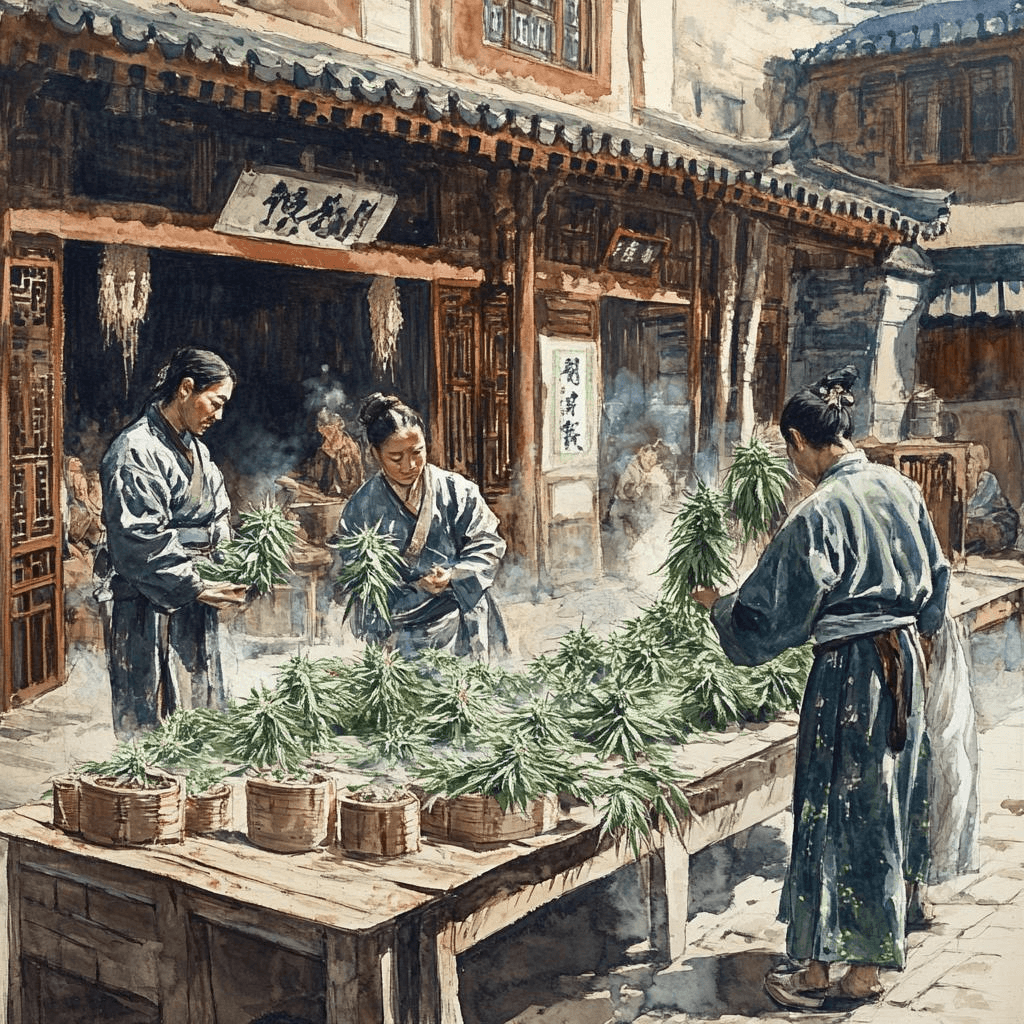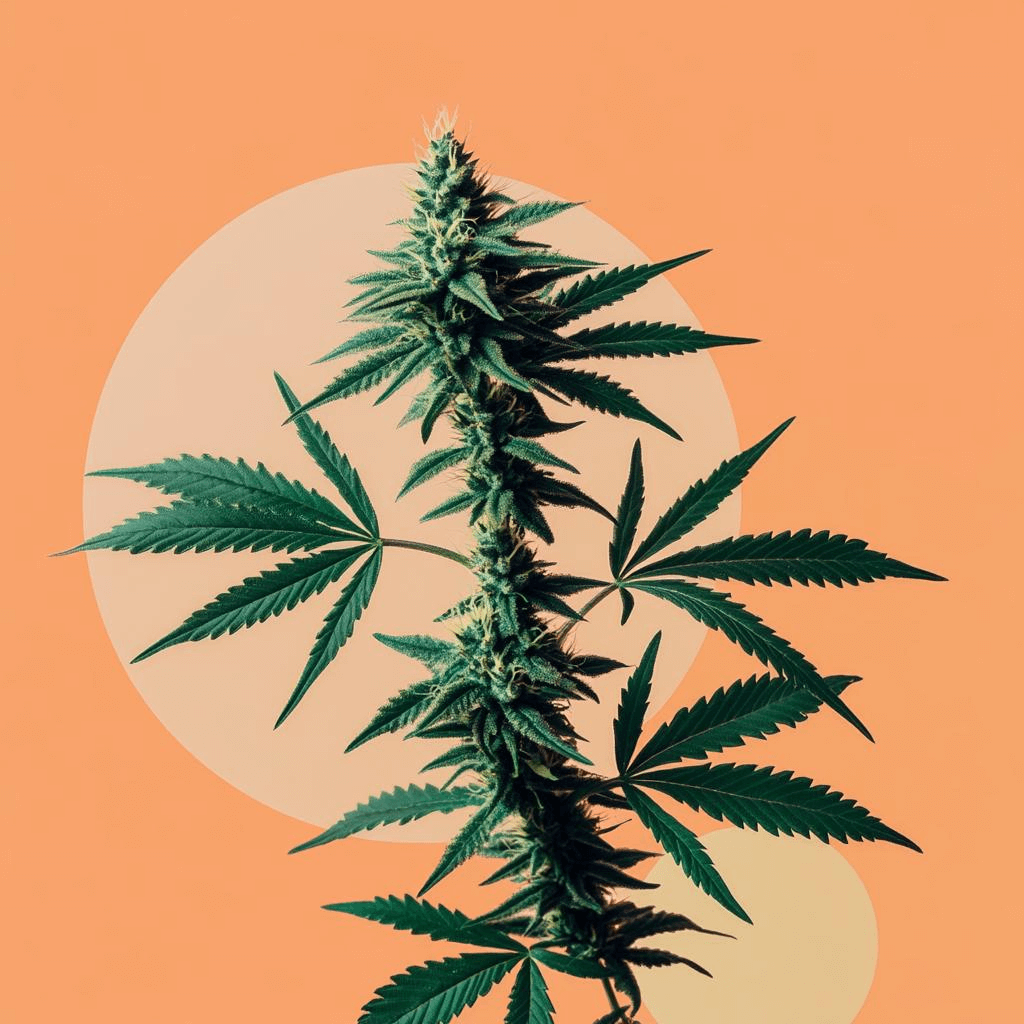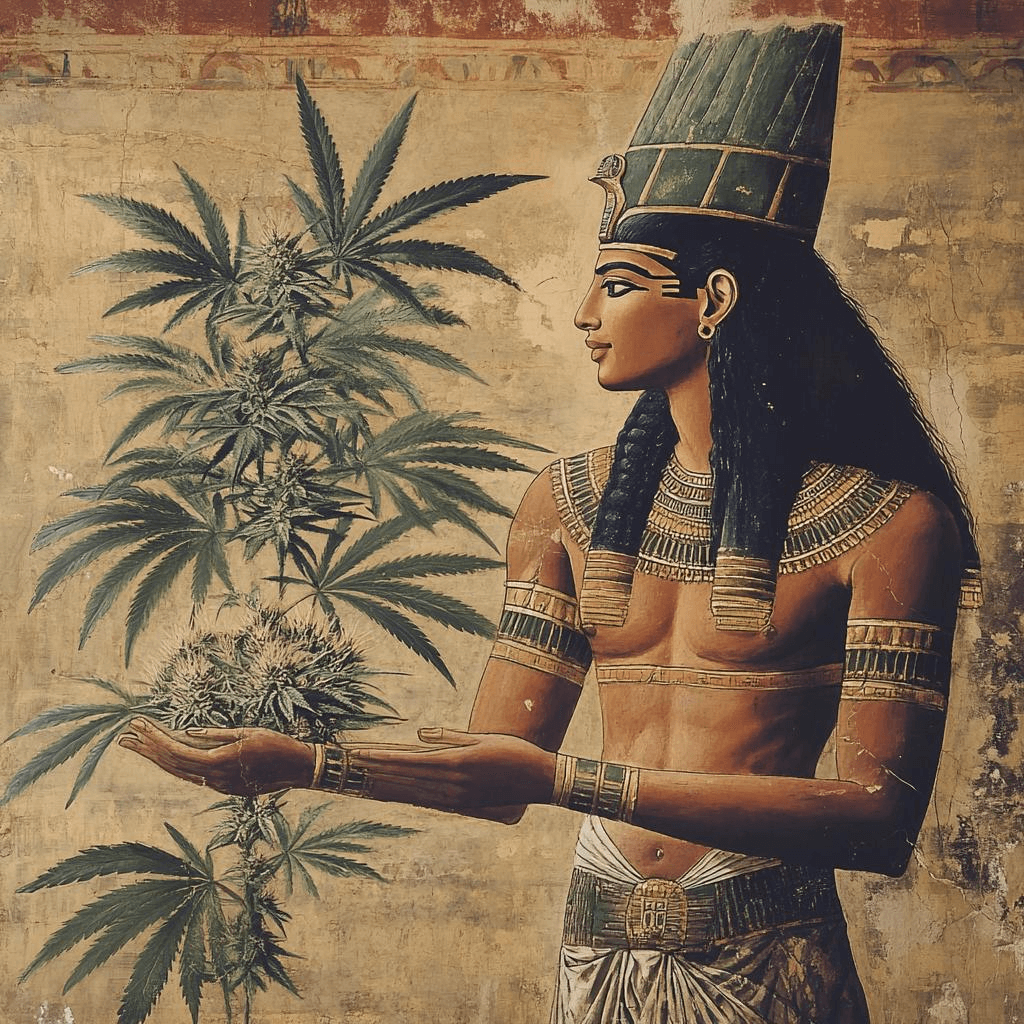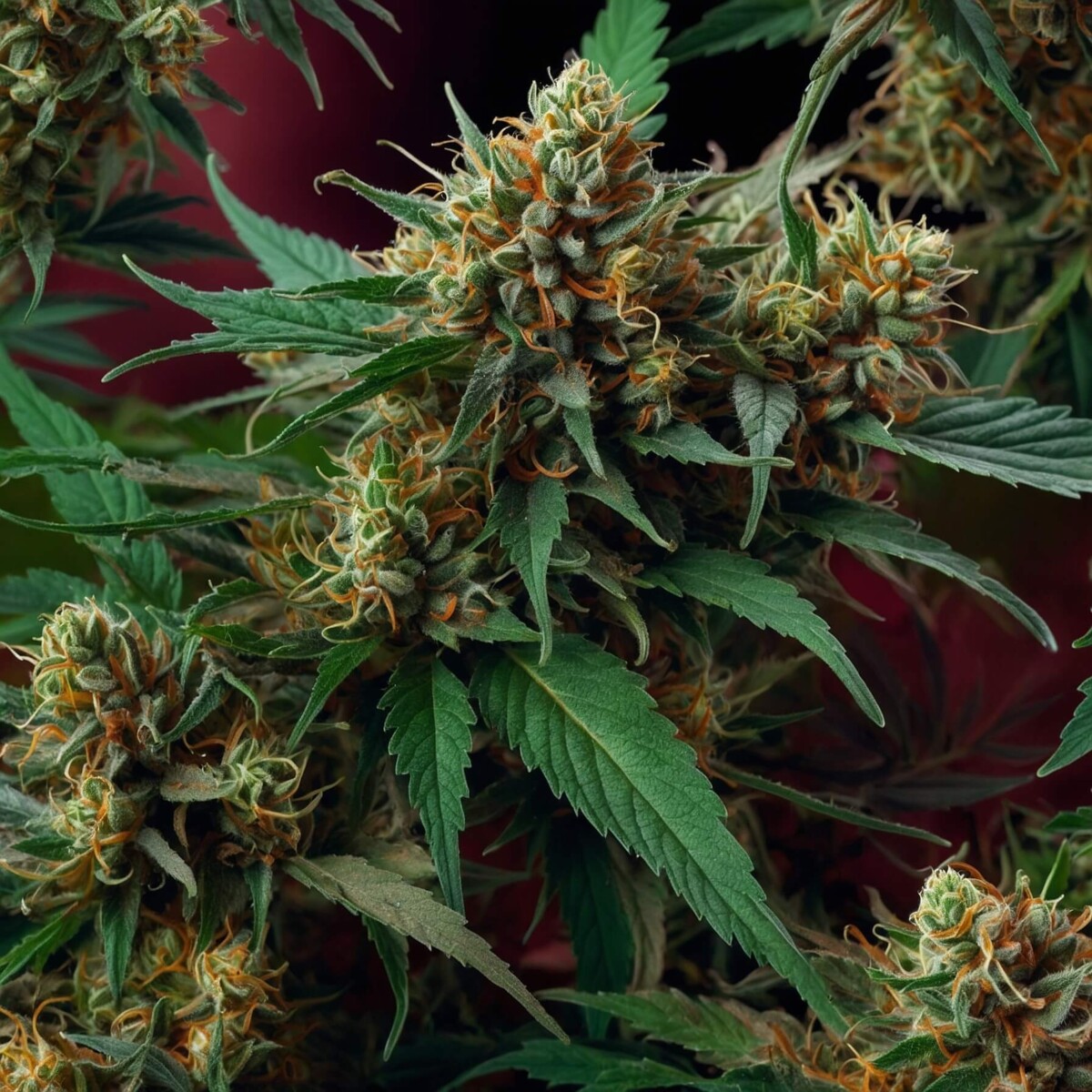Weed for Words: How Cannabis Revolutionized Papermaking
When we think of “weed,” images of smoky haze and recreational highs might spring to mind. But long before its modern associations, the cannabis plant, specifically its hemp variety, was a cornerstone of the paper industry. For millennia, hemp’s unique properties made it the go-to material for paper production, fueling communication, knowledge sharing, and even revolutionizing the way we consume information.
A Look Back: Hemp’s Reign in the Paper Kingdom
- Ancient Innovation: The earliest paper, dating back to 2nd century BC China, wasn’t made from trees, but from hemp. This innovation allowed for the spread of ideas and literature throughout the empire.
- Durability for the Ages: Hemp paper’s long fibers create a robust material, far less prone to decay than wood-based paper. This explains why ancient hemp documents survive to this day, while many wood-pulp counterparts have crumbled.
- From Bibles to Bills: The Gutenberg Bible, Shakespeare’s First Folio, and even drafts of the United States Declaration of Independence were all penned on hemp paper, a testament to its historical significance.
Why Hemp Was (and Is) Ideal for Paper
- Fiber Powerhouse: Hemp fibers are longer and stronger than those found in wood, resulting in a more durable and resilient paper. This is crucial for documents meant to last, like archival records or important legal papers.
- Lignin: The Enemy of Longevity: Wood contains lignin, a substance that makes paper yellow and brittle over time. Hemp has significantly less lignin, meaning hemp paper stays whiter and stronger for longer.
- Eco-Friendly Production: Hemp paper production typically requires fewer harsh chemicals compared to wood pulp processing. This reduces pollution and makes it a more sustainable choice for the environment.
Environmental Advantages: Hemp vs. Trees
- Speed Demon: Hemp matures in a matter of months, while trees take decades to grow. This rapid growth makes hemp a highly renewable resource for paper production, reducing pressure on forests.
- Land Efficiency: Hemp produces significantly more fiber per acre than trees, meaning less land is needed to generate the same amount of paper. This helps preserve ecosystems and biodiversity.
- Soil Savior: Hemp is known for improving soil health. Its deep roots prevent erosion, and the plant returns nutrients to the soil, making it a more sustainable choice for long-term land use.
Hemp Paper Today: Niche Uses and a Promising Future
While wood pulp dominates the paper industry today, hemp is making a comeback in specific areas:
- Money Matters: Many countries, including the United States, incorporate hemp fibers into their banknotes for added durability and security.
- Smoker’s Choice: Hemp is a primary component in rolling papers for cigarettes and other smokables.
- Artistic Expression: Artists favor hemp paper for its unique texture and archival qualities, ensuring their creations stand the test of time.
- Filtering the World: Hemp fibers are used in various filters, from tea bags and coffee filters to industrial air filters.
Challenges and the Road Ahead
Despite its historical importance and environmental advantages, hemp paper faces hurdles:
- Cost Factor: Currently, hemp paper is often more expensive to produce than wood-based paper due to limited processing infrastructure and economies of scale.
- Legal Hurdles: The long-standing association of hemp with marijuana has led to legal restrictions in some regions, hindering its cultivation and use in papermaking.
However, the tide is turning. Growing awareness of sustainability and the demand for eco-friendly products are driving renewed interest in hemp paper. As technology improves and regulations evolve, we can expect hemp to reclaim its place in the paper industry, contributing to a greener, more sustainable future for our planet.
Conclusion
Hemp’s historical role in papermaking is undeniable. From ancient texts to modern banknotes, this versatile plant has shaped the way we communicate and document our world. With its strength, longevity, and environmental benefits, hemp paper offers a compelling alternative to traditional wood-based paper. As we strive for a more sustainable future, rediscovering the potential of hemp can help us write a new chapter in the story of paper, one that is both environmentally responsible and historically resonant.
